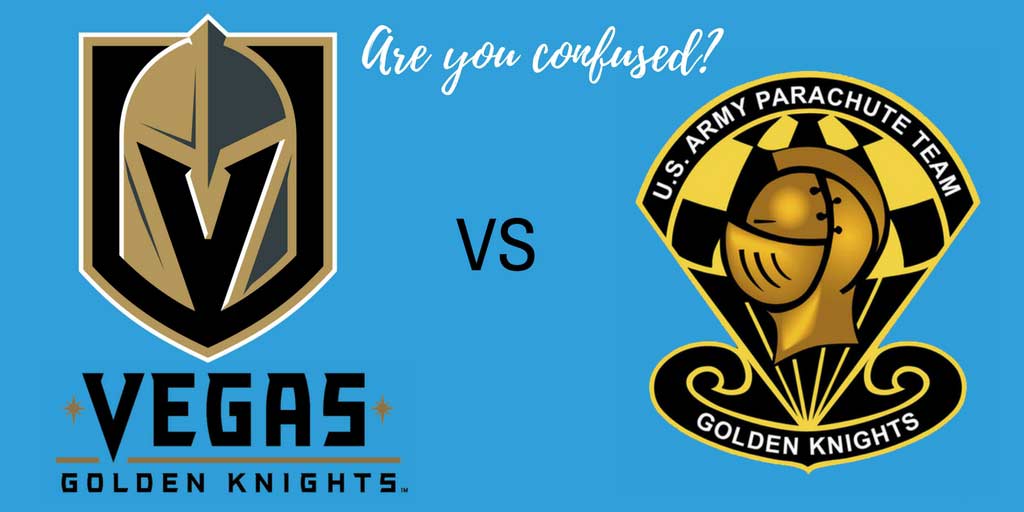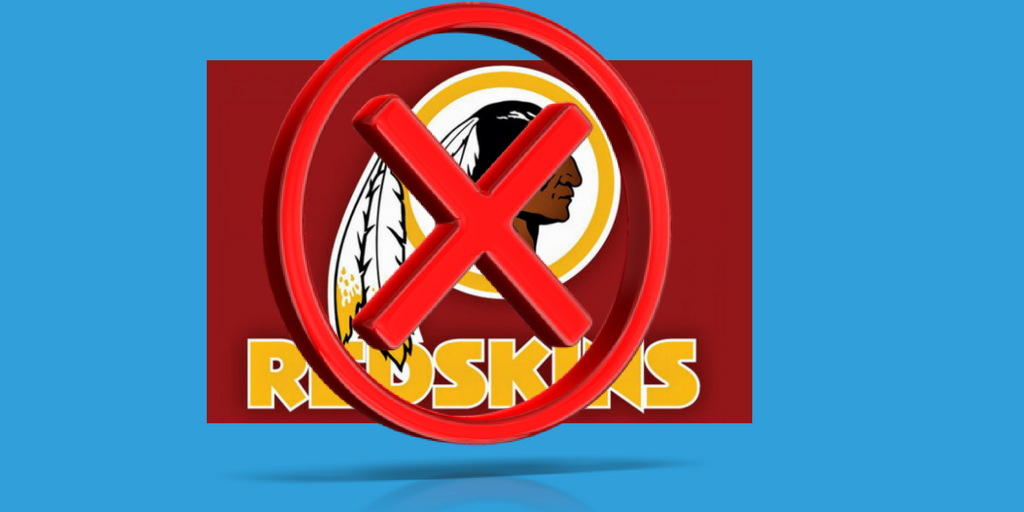Trademark Opposition to “[ ]” Dismissed

If you look at some of their images online when you search their company you will see that most often when [yellow tail] is on the label it is enclosed by brackets (as you can see in the photo on this blog post).
Well another beverage company KC Brang’s Food & Beverage Company LLC’s filed two oppositions against the trademark application for the standard character “double-bracket marks.”
And their oppositions were dismissed without prejudice by the Trademark Trial and Appeal Board (KC Brang’s Food & Beverage Company LLC v. Casella Wines Pty. Limited, May 24, 2013, by the Board .PDF).
![[KRA-ZE] trademark](https://lotempiolaw.wpengine.com/wp-content/uploads/2013/06/KRA-ZE.pdf-300x125.jpg)
Both the registered trademark for [yellow tail] .PDF and for [KRA-ZE] .PDF are listed as standard character word marks and not as design marks. Clearly a bracket is considered a standard character.
In my mind it’s difficult to say that somebody should be allowed to have a registered mark that allows others to stop using brackets.
But maybe the brackets alone could be a design mark that can be perceived by the public as identifying that specific company. But I believe you’d have to show that you are using those 
The central argument for this opposition was whether use of double brackets were merely descriptive “common basic symbols” that were not protectable or are inherently distinctive.
Descriptiveness.
The opposer’s evidence of descriptiveness of the applicant’s double-bracket marks consisted of an excerpt from The Chicago Manual of Style Online which states that brackets are used “mainly to enclose material.”
KC Brang’s argued that it’s own use of double brackets in connection with the mark [Kra-ze] helps “the average consumer [to] understand[s] the use of open and closed brackets describes the pronunciation of that brand name.”
I have no idea how those brackets help you pronounce the name. It has nothing to do with the descriptive nature of the mark in any event. A term is merely descriptive if it immediately conveys knowledge of a significant quality, characteristic, function, feature or purpose of the products and services it identifies.
The Yellowtail owners, argued “that pronunciation wasn’t relevant,” and that the double-bracket marks are not descriptive of wine or alcoholic beverages nor “convey any information to the average purchaser about the nature, function, purpose or use of wine or alcoholic beverages.”
The Trademark Trial and Appeal Board agreed that the brackets were not descriptive and therefore ruled in favor of Casella Wines.
The next question the board he had to decide was “whether or not those brackets alone function as a trademark?”
Inherently distinctive.
Do the double-brackets function as a trademark? Or are the double-bracket “functional punctuation” as indicated by their dictionary definition and are they merely “used to enclose words or figures so as to separate them from the context” or to modify a quotation.
Evidence showed that both the parties use brackets with other terms “to separate their name brands from other text on labels, advertising literature, etc.” which demonstrated that the “brackets function as described by their dictionary definition.”
Casella Wines, in a hope to register their double bracket Mark, argued that the double-bracket marks were inherently distinctive because “they do not communicate anything about the goods either directly or indirectly.”
The 
However, In this case, there was no evidence of the applicant’s use in the record as the applications were filed under Section 1(b), intent-to-use, and the applicant’s discovery responses indicated that it has not commenced use of the marks.
In the absence of actual use of the double-bracket marks, the Board was unable to determine whether the double-bracket marks would be perceived by consumers as trademarks or as merely functional symbols of the written language.
Everything was dismissed without prejudice which means in plain English they couldn’t make their mind up now. Which is typical red tape of a government proceeding.
So now even after all this time and money to argue the opposition we will have to wait until Casella Wines puts the double brackets on a bottle, submits their statement of use, receives a registration, KC Brang files a petition to cancel the registration and the same attorneys and Trial and Trademark Board members go through all the same arguments again before we get a decision!
What do you think should happen with this mark?

![Trademark Opposition to “[ ]” Dismissed Trademark Opposition to “[ ]” Dismissed](https://www.lotempiolaw.com/wp-content/uploads/2013/06/TM-OPPOSITION-1.jpg)


